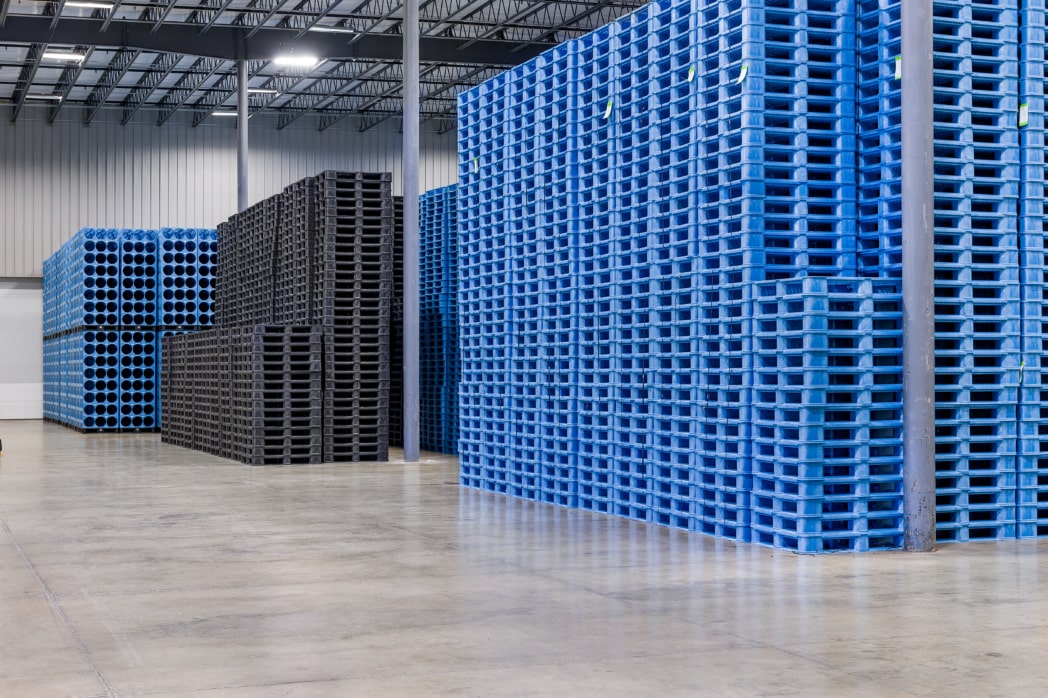How do you see your water delivery business? Are you a company that sells water to customers, or are you a company that delivers water to customers?
A similar question was posed to restaurateurs in 2010 in the United States, with the reappearance of food trucks in many urban cities. As a brief history, food trucks were first seen in 1872 and again in WWI and WWII as mobile canteens for the troops. However, food trucks are no longer a fad. The US National Restaurant Association reported that food truck sales in 2012 were 1% ($650 million / €600 million) of the US annual food consumption and predicted to be 4% ($2.7 billion / €2.5 billion) by 2017.
The same direct customer delivery revolution is happening to retail businesses, with bricks and mortar stores closing daily due to competition from Amazon and other online retailers delivering directly to customer’s homes. Online sales in the US in 2015 were $349 billion (€321 billion) and grew by 14.4%
to $399 billion (€367 billion) in 2016.
Last Mile Delivery
The next step for online retailers is to determine how to economically service ‘the last mile’ to their customers. Many are using either company owned or contract delivery trucks and several are testing autonomous drones or robots for direct home delivery (see ‘Autonomous delivery – drones vs robots in the race to cut the cost of last mile delivery’ in the previous issue of Cooler Plus).
Inherently, home and officer delivery (HOD) bottlers already have ‘the last mile’ logistic delivery system in place and are starting to deliver coffee, cups, etc to expand their businesses.
How do you see your business? Do you see the upcoming direct customer delivery revolution in beverage delivery the same way that Nestlé Refresh, Cott Beverages/Eden Springs, and The Coca-Cola Company see the water/beverage business?
Active Sales Approach
HOD bottlers have the distinct advantage of knowing exactly who their customers are and how frequently they purchase, versus bricks and mortar retailers who only have a passive knowledge of their customer’s purchase patterns. HOD bottlers already have the logistic system to deliver any beverage or food product directly to the consumer, but most HOD bottlers currently deliver only 19 litre bottled water.
The average US home HOD customer purchases $350/year from HOD bottlers. But according to the USDA’s Economic Research Service, US homes purchased $21,600 annually from direct home delivered food/beverage companies in 2014. Why not deliver 15 litre or 10 litre bottled water, or other beverage products, using the same HOD logistic system?
The large beverage manufacturers have already focused on sales at retail stores, C-Stores, vending machines – all of which are passive sales approaches – and are now focused on direct customer delivery – an active sales approach. Watercoolers Europe member Polymer Solutions International Inc is already testing material handling concepts for use with beverage products with various HOD bottlers.
Reinventing Home Delivery
History tends to repeat itself. Our grandparents can remember milk, produce, and other food products delivered directly to their homes. Now, most grocery retailers have restarted home delivery programs. Will HOD bottlers leverage their years of customer knowledge to sell various beverage items – and other products – or will they allow their customer’s beverage and snack home delivery needs to be serviced by someone else?
Original Article Published in June-July 2017 edition of Cooler plus



